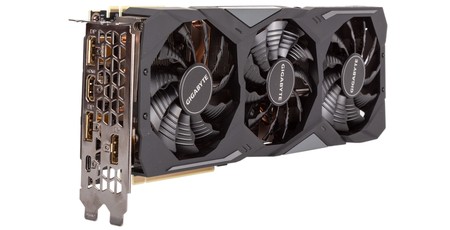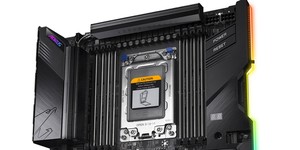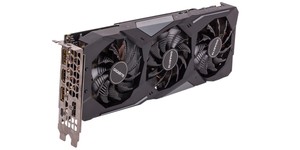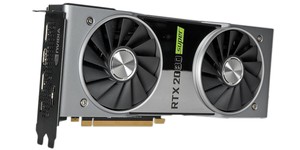Gigabyte GeForce RTX 2080 Super Gaming OC Review
December 4, 2019 | 12:00

Overclocking
Disclaimer: The results we achieve here are only indicative and absolutely do not guarantee any similar level of performance. We are often seeded products before they launch, and we cannot guarantee that they haven't been pre-selected as good overclocking parts. Either way, a sample size of one is not even close to useful when it comes to assessing how good one graphics card is versus another at overclocking, as individual differences between dies tend to be the bigger factor. We are only interested in seeing the peak speeds available from each card out to better understand the impact of core/memory frequency shifts in games and to see how well the cooling solution handles the increased load. To get a sense of where you "should" be aiming with a given GPU or card, we recommend you collect data like this from multiple sources to determine a rough average.
The maximum power limit value on this card is 120 percent (eight percent higher than the FE), so we set this as well as the maximum temperature limit, which remains at 88°C, in MSI Afterburner. Under observation, it seems 110 percent is the actual maximum power limit the card will ever hit, at least without BIOS/power modding.
With these settings applied, we were able to add 50MHz to the core, giving us new base/boost speeds of 1,700MHz/1,695MHz, respectively. Nominally, this is much lower than on the FE (1,775MHz/1,940MHz), but both cards were still boosting to similar levels – 2,010MHz for this card, and 2,040MHz for our Founders Edition. This is because boosting is also affected by thermal and power headroom. This does not count as a significant difference and is most likely down to individual die differences. Anything boosting beyond 2GHz is a decent enough result.
We also pushed the GDDR6 to a record high of 18.1Gbps effective, an increase of nearly 17 percent, which is excellent.
Below you can see how the newly overclocked card performed in a selection of benchmarks.

MSI MPG Velox 100R Chassis Review
October 14 2021 | 15:04








Want to comment? Please log in.